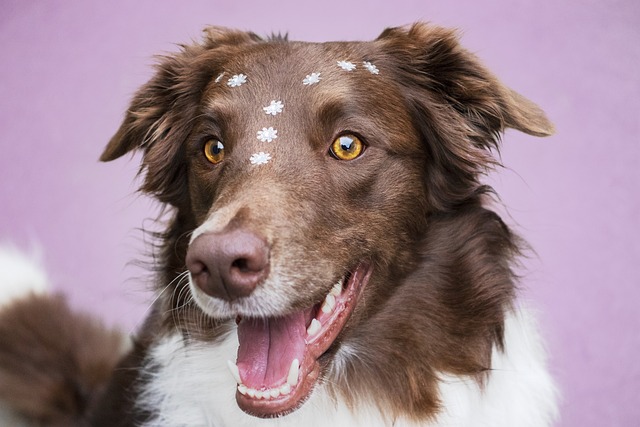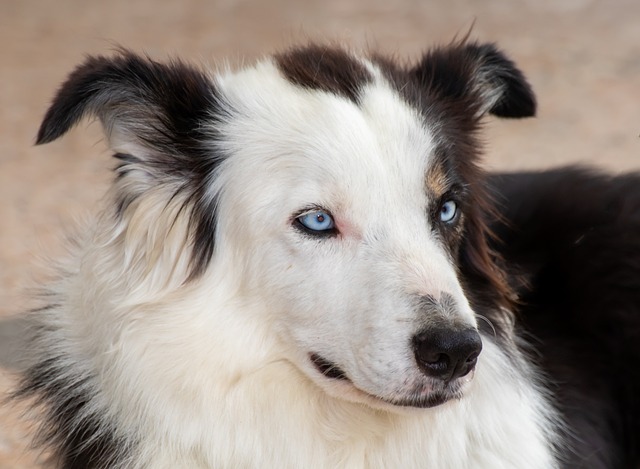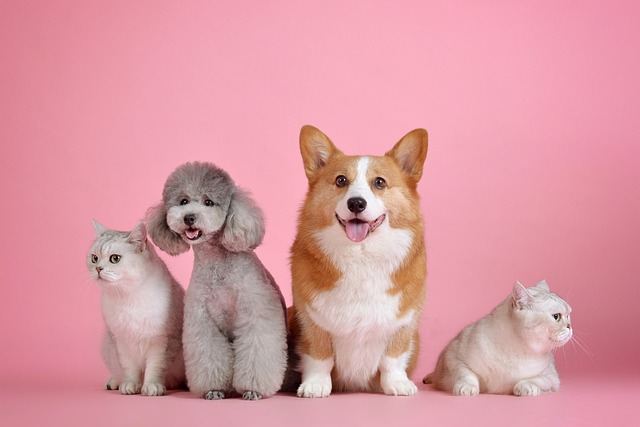
Is standing for a long time harmful to a dog's body
When we see dogs performing on their hind legs in circuses or street entertainers training dogs to stand for prolonged periods to beg,
Intestinal obstruction in dogs is a serious and potentially life-threatening disease. Every abnormal symptom is like a sharp thorn that pierces the owner's heart. Understanding the causes and symptoms of intestinal obstruction and mastering scientific and effective treatment methods are not only the key to protecting the life and health of dogs, but also a reflection of our deep love for our furry children.
There are complex reasons behind the occurrence of intestinal obstruction in dogs. The most common is the accidental ingestion of indigestible foreign objects, such as toy fragments, bones, socks, etc. Dogs are naturally curious and are used to "feeling" with their mouths when exploring the world. If they are not careful, they may swallow foreign objects and block the intestines. In addition, intestinal parasites multiply in large numbers, intestinal tumors grow, or the torsion and intussusception of the intestines can also cause intestinal obstruction. These causes are often hidden, and the initial symptoms are not obvious. They are easily ignored by the owner, causing the condition to gradually worsen.
Once the symptoms of intestinal obstruction appear, it means that the dog is suffering great pain. Sick dogs usually show loss of appetite, and have no interest in the food they once loved. They vomit frequently, and the vomit may contain undigested food, mucus, and even blood in severe cases. The abdomen will gradually swell and hurt. When the owner touches it gently, the dog will resist, dodge, or make painful cries. As the disease progresses, the dog will become depressed, lose weight rapidly, defecate less or even stop completely, and show severe symptoms of dehydration and electrolyte imbalance. These symptoms not only torture the dog's body, but also make the owner see it with his eyes and feel pain in his heart, wishing to bear this pain for them.
 Once a dog is suspected of suffering from intestinal obstruction, it must be taken to a professional pet hospital immediately. The doctor will accurately determine the location, degree and cause of intestinal obstruction through detailed interviews, physical examinations, combined with imaging examinations such as X-rays and B-ultrasound. During this process, the owner's anxiety can be imagined, but try to stay calm and accurately describe the dog's symptoms, onset time, recent diet and other information to the doctor to help the doctor make a diagnosis faster. After diagnosis, the doctor will develop a personalized treatment plan based on the condition, and the owner must fully cooperate and give the dog support and companionship.
Once a dog is suspected of suffering from intestinal obstruction, it must be taken to a professional pet hospital immediately. The doctor will accurately determine the location, degree and cause of intestinal obstruction through detailed interviews, physical examinations, combined with imaging examinations such as X-rays and B-ultrasound. During this process, the owner's anxiety can be imagined, but try to stay calm and accurately describe the dog's symptoms, onset time, recent diet and other information to the doctor to help the doctor make a diagnosis faster. After diagnosis, the doctor will develop a personalized treatment plan based on the condition, and the owner must fully cooperate and give the dog support and companionship.
There are usually two ways to treat dog intestinal obstruction: conservative treatment and surgical treatment. For cases with mild symptoms, short obstruction time, small foreign bodies and the possibility of excretion through intestinal peristalsis, doctors may try conservative treatment. Conservative treatment includes fasting and abstaining from water to allow the intestines to get enough rest; replenishing water, electrolytes and nutrients through intravenous infusion to correct dehydration and electrolyte disorders; using drugs to promote intestinal peristalsis and help expel foreign bodies. During this process, the owner should always pay attention to the dog's condition, record vomiting and defecation, and give it gentle caress and soft comfort. However, conservative treatment has certain risks. If the condition does not improve or even worsens, surgical treatment is required in time.
Surgical treatment is an effective way to solve severe intestinal obstruction. The doctor will surgically cut the intestine to remove foreign bodies, or deal with problems such as intestinal torsion and intussusception. During the operation, the dog has to bear the dual risks of anesthesia and surgical trauma, which makes the owner's heart always hanging, full of worry and concern. Postoperative care is also crucial. Dogs need to recover in a clean, warm and quiet environment. The owner should strictly follow the doctor's instructions and control the diet. In the early stage, only a small amount of easily digestible liquid food can be given, and gradually transition to a normal diet; closely observe the wound to prevent infection; and encourage the dog to move appropriately to promote the recovery of intestinal function. Every time you change the dressing and feed the dog, every day and night you accompany it, is a testimony to the love that never leaves the dog.
Preventing dog intestinal obstruction is an important measure to prevent dogs from suffering from illness. The owner should take good care of the dog and properly store small objects and dangerous items at home to prevent the dog from accidentally eating them; deworm the dog regularly to prevent intestinal parasites from causing obstruction; arrange the diet reasonably to avoid feeding difficult-to-digest food. At the same time, pay more attention to the dog's behavior and health status, and seek medical attention in time if any abnormality is found.
The process of treating dog intestinal obstruction is a difficult journey of racing against time and fighting against the disease. In this process, the owner's love, patience and persistence are a powerful driving force for dogs to overcome the disease. Seeing the once sick dog regain its vitality and run towards me with its tail wagging, all my efforts turned into tears of happiness. I hope every dog owner can protect their furry children, keep them away from illness, and let them grow up healthily and happily.

When we see dogs performing on their hind legs in circuses or street entertainers training dogs to stand for prolonged periods to beg,

When we prepare to greet the dog's warm greeting as usual, we find that the once bright and clear eyes have become red and swollen, and the dog keeps scratching with its claws, with a look of discomfort and helplessness in its eyes.

When you notice your beloved dog constantly scratching, biting itself, or see its once-smooth coat becoming red, swollen,

When you see your beloved dog constantly scratching or notice suspicious black specks in its smooth fur, it’s natural to feel concerned. Parasites are a common health issue for dogs,

When we look into the eyes of dogs, the originally bright and clear eyes suddenly show distressing red bloodshot, and even become swollen and secrete more.

At the moment when the door closes, there comes the heart wrenching barking of dogs inside the house, or when they come home and see a chewed sofa and scattered slippers,